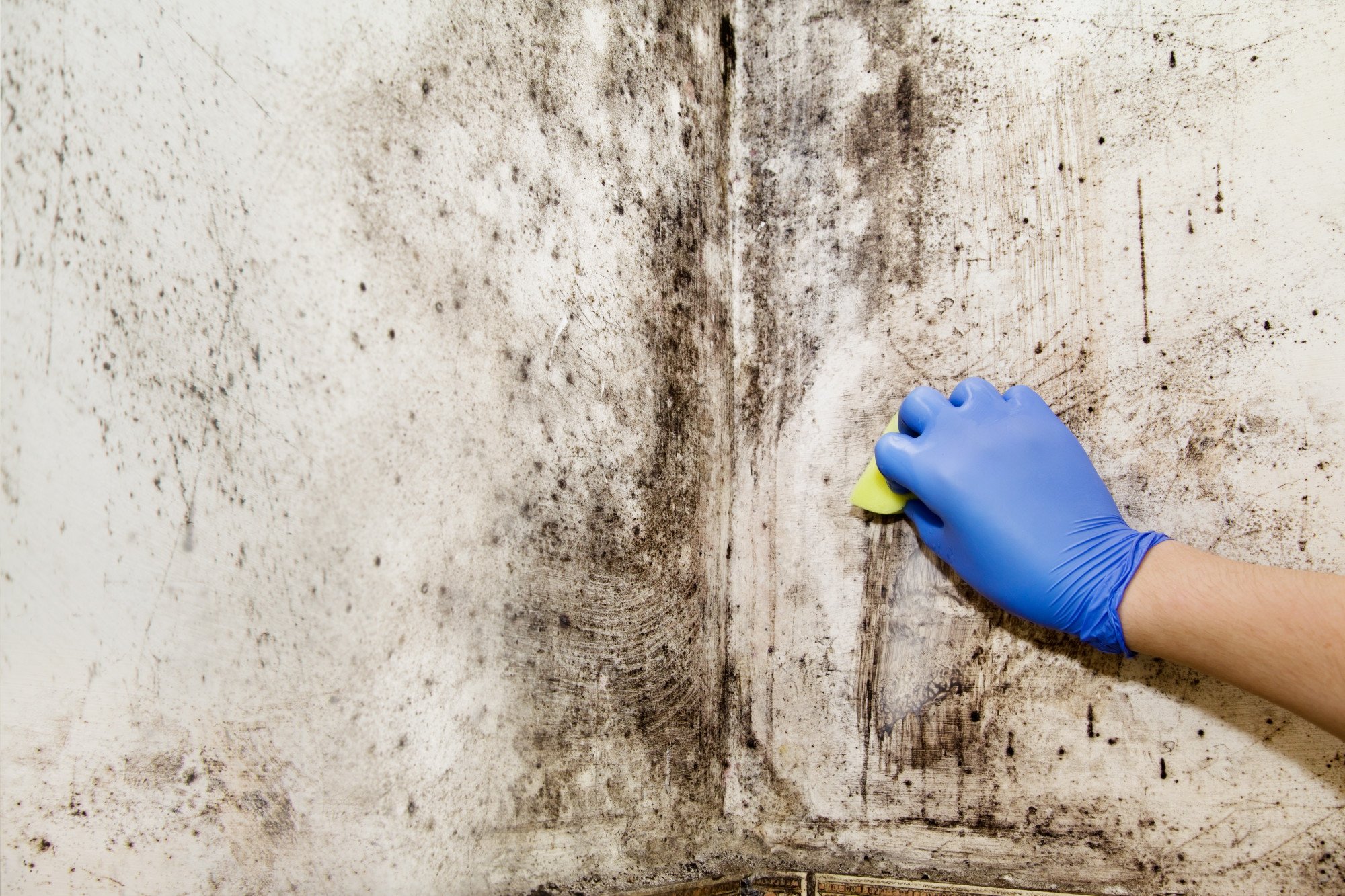September 12, 2023 | Posted by MICRO

Penicillin, upon its invention, saved millions of lives from infections. What many don’t realize, though, is that its discovery was entirely accidental. Dr. Fleming stumbled upon it when a strange mold started growing on his Petri dishes.
Unfortunately, mold is rarely ever benevolent for humanity. Signs of mold mean it’s time for a deep clean at best, and at worst, signs of a costly upcoming renovation. To make matters more confusing, you might mistake it for a close cousin: mildew.
Mold vs. mildew: what’s the difference? It’s well worth the effort to learn how to tell them apart. Let’s discuss what each is, how they differ, and your response to them.
Mold vs. Mildew: Similarities Between Them
To be clear, mold and mildew are both types of fungus. They have a number of similar features that make it easy to assume they’re the same thing.
They both do the following:
- Smell bad
- Appear in warm and moist areas
- Can grow on almost any surface
- Cause respiratory issues
Both, however, affect your home in very different ways. A mildew inspection is less of a concern since cleaning usually gets rid of it.
Mold (if severe) can force you to replace the material it grew on. Many states have laws about mold infestations due to the dangers of mold to occupant health. Mold vs. mildew, therefore, comes down to severity.
What Is Mildew?
Mildew is the least severe of the two. It originates from spores-microscopic seeds that spread through the air.
Spores land on an ideal surface-one with water, oxygen, and a food source-and begin growing. It only takes about 24 to 48 hours for them to appear.
Appearance
In the early stages, mildew appears flat with a white or gray color. It may mature into a shade of brown. You won’t see darker colors with mildew.
Mildew tends to have a powdery appearance and slimy texture. Small dots will spread about the growth. The smell is noticeable and can spread throughout the room if left unchecked.
Health Concerns With Mildew
Many people won’t suffer any adverse effects from breathing in a mildewy room. Even if it doesn’t impact you in a noticeable way, it’s bad for your health and smells bad, if nothing else.
Mildew is problematic for those with regular allergies or respiratory issues like asthma. Breathing can become difficult.
You may get a runny nose, itchy eyes, and begin wheezing. It may make you cough or sneeze. If you notice your symptoms worsen, there’s a good chance there’s mildew nearby.
What Is Mold?
Mold is where you should start to be concerned. It forms in a very similar way to mildew. Airborne spores land on moist, warm surfaces and begin to germinate.
Appearance of Mold
That’s where the similarities end. Mold is far more noticeable. It has a higher profile and thicker texture and is harmful to the materials it grows on.
Different types of mold have a variety of colors: red, green, or even black. At first glance, it may appear to be dirt caked onto a surface. On the whole, it most often appears as a much darker shade than mildew.
Finally, mold may have a fuzzy texture.
Damage Caused by Mold
A major difference between mold and mildew, aside from increased risk to health, is the damage it causes. Mold grows into a material. Simply washing or scrubbing it off is usually not sufficient.
If you catch most types of mold early, a deep cleaning will do. Left to grow, though, and you may need to rip out and replace the material. In the most extreme cases, you may have to do costly renovations.
Health Concerns With Mold
Like mildew, mold smells bad and triggers respiratory issues for sensitive groups. That’s only the beginning. Mold can be detrimental to your health even if you don’t initially notice any issues.
Aside from allergens and irritants, mold can also produce toxins. This could cause infections and lung inflammation.
The dangers of mold get even worse when you factor in black mold. This is the worst kind of mold that can appear in your home and is a severe health risk, even if you don’t have respiratory risk factors.
Pay close attention to the signs of mold, especially black mold. You should enlist the help of a mold inspector and have it removed.
How to Prevent Mold and Mildew
Fortunately, you can prevent mold from ever happening if you take the right steps. Do the following:
- Clean regularly
- Ventilate humid or moist areas
- Open windows
- Check for obstructions in HVAC
- Clean the vents
- Hire a mold inspector
The key is to rob mold and mildew of its ideal growing conditions. Anything you can do to dry out the room and keep it cool should do the trick. Consider installing a dehumidifier in areas that get consistent mold and mildew growth.
Tips for Cleaning Mold or Mildew
All it takes to remove mildew is some cleaning product, a sponge, and some elbow grease. You should wear gloves to avoid contaminating yourself. For sensitive people, you may require eye protection and a mask.
To avoid spreading spores from dry fungus, it’s a good idea to mist the area with water. Soapy water or a vinegar solution is usually enough. All-purpose cleaners and alcohol-based cleaners should also do the job.
Keep a bucket with you to clean your sponge as you tackle the area. Old, contaminated water will just redistribute the spores over the area you’re cleaning. Upon finishing, dry out the area with a fan, exhaust vent, or open window.
You should do frequent mold or mildew inspections in warm, humid areas of your home. Again, cleaning on a regular basis usually succeeds in eliminating mold or mildew before it gets bad.
Become a Certified Mold Inspector
Mold vs. mildew: what’s the difference? Mildew is a fungus that’s easy to clean and provokes minimal harm. Mold, on the other hand, is more severe and may require more than a cleaning.
Ready to get your MICRO Mold Inspector certification? Head over to our store and start your training right.


